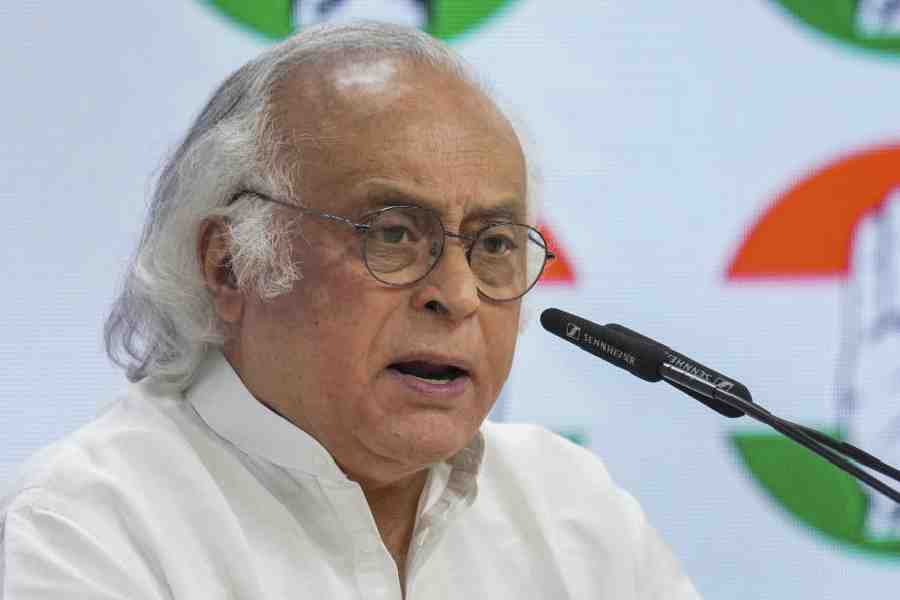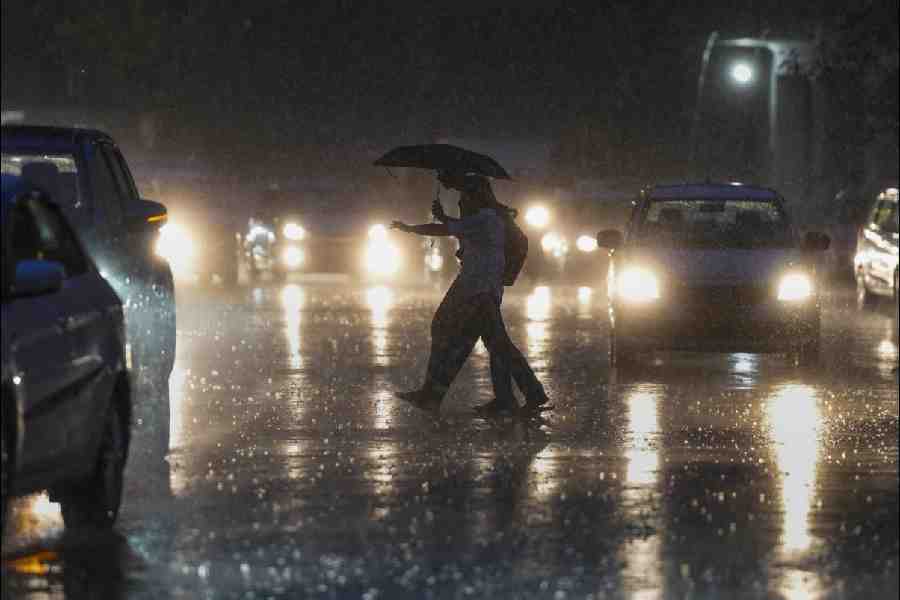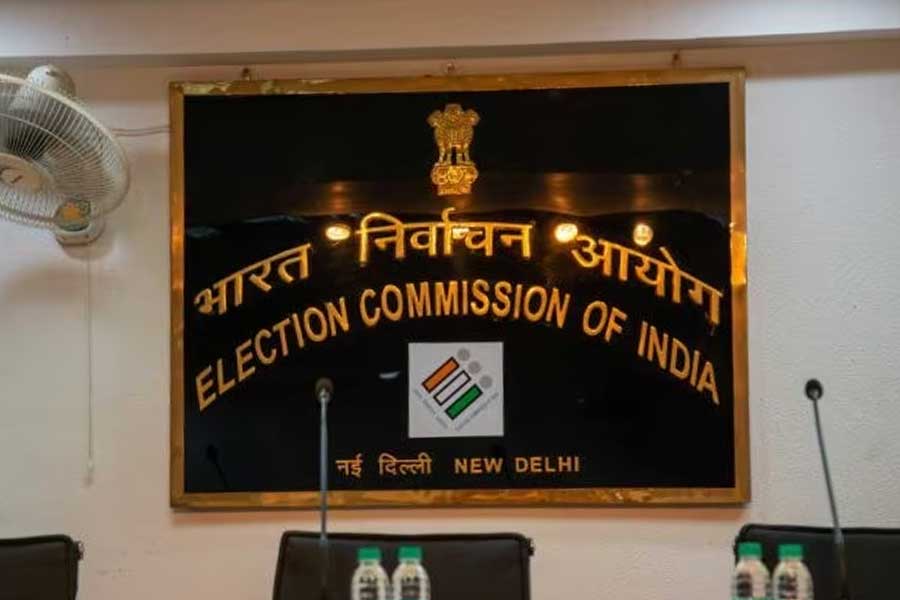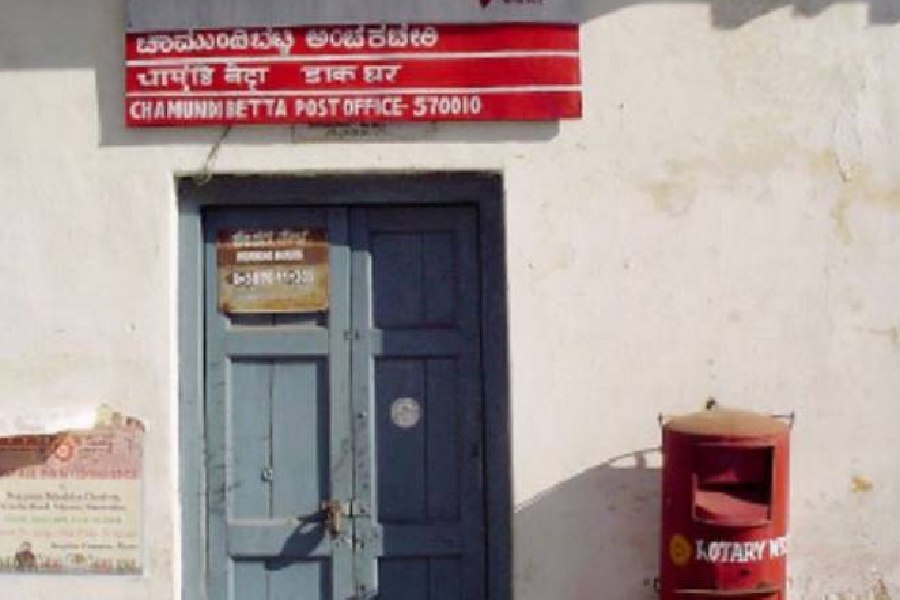
AARUSHI By Avirook Sen, Penguin, Rs 299
Most readers assume that Aarushi Talwar was murdered by her parents, eight days before her fourteenth birthday, in her moderately upscale apartment in Noida. The identity of the alleged killers - Rajesh and Nupur Talwar - had been agreed upon within a few days of the crime by the errant, and vindictive, investigators as well as by the partisan media. Avirook Sen's book, which offers a counter-narrative, is of paramount importance. Sen works methodically to expose the shocking lapses in the investigation of the double murder (Hemraj, the domestic help, had also been killed) that was blamed on the child-victim's parents. Sen, however, makes no claims of passing a judgment. He merely presents the copious information which he collected in the course of the lengthy trial and leaves the readers to judge the events for themselves. Upon scrutiny, Sen's narrative - which has been presented chronologically - raises serious doubts about the Talwars' involvement.
Yet, the truth is that the investigators - the police and the Central Bureau of Investigation - the magistrate and the lower court in Ghaziabad remained convinced of the Talwars' culpability even though Sen shows that there is an alternative explanation of the crime. Sen's dissection of the agenda of each institution - police, law and media - reveals that the acts of omission stemmed from the disparities as well as the differences among the many worlds that collided in the course of the events.
Sen's inference, that the local investigators steeped in a conservative value system remained hostile to the Talwars for their liberal outlook and comparative affluence, is not implausible. Gurdarshan Singh, the Meerut range IGP, was the first to suggest that the victim's promiscuity, apparently inspired by Rajesh Talwar's adulterous ways, brought about her death when she was discovered having sex with Hemraj by her enraged father who killed them both to save family honour. Singh must have been aware that the insertion of a licentious angle would attract greater attention: the media, which reproduced the police versions faithfully, obliged on this occasion too. But Singh's suggestion of honour killing, as well as the local police's shock at Aarushi's friendship with boys in school, shows that conflicting sensibilities clashed in the course of the unfolding investigation, leading to the travesty of justice. Sen uses Aarushi's murder to comment on the collision of larger, chilling realities, thereby broadening the focus of his analysis.
The inventory of the errors — wilful or otherwise — committed by the investigators is long and illuminating. The first CBI team bungled with forensic findings and, crucially, overlooked a piece of incriminating evidence that could have strengthened the case against the three servants who were the initial suspects. Given the middle class’s prurient interest in the case, the CBI, Sen argues, was under intense pressure to solve the crime. But the manner in which a reconstituted team under A.G.L. Kaul violated the ethics and norms of investigation to implicate the parents defies belief. The CBI propped up a theory, that of parental culpability, and then juggled facts to support its contentious proposition. Consequently, testimonies began to change drastically. To cite just one example, Sunil Dohare, who conducted Aarushi’s post-mortem, made six changes to the original report to strengthen the CBI’s claim that the victim was sexually active. The idea of a new murder weapon was floated, that of Rajesh Talwar’s golf club. Moreover, evidence contrary to the CBI version was either suppressed or ignored. That Hemraj’s DNA was found on one of the suspect’s pillow covers was not examined.
To understand why the court upheld the conviction on the basis of such circumstantial, fabricated evidence, one must take into account Sen’s masterful profiling of Judge Shyam Lal who pronounced the Talwars guilty. Sen’s detailing of Lal’s attributes — his stringent work ethic, his fascination with English, a language he could never quite master, as well as his inclination to convict those accused in controversial cases (he was known as ‘Saza Lal’) — merits attention because it not only lays bare the social ethos which, undoubtedly, influenced Lal’s judgment but also exposes the mindset of the lower courts that are a part of India’s three-tiered judicial system. “Judges tend to convict in highprofile cases,” writes Sen, “because they don’t want to open themselves up to any controversy.... In case there is a miscarriage of justice, it becomes the higher court’s responsibility to correct it.” For the readers, this observation proves to be the proverbial final piece of the puzzle. Sen’s coverage of the trial strengthens the suspicion that justice as well as the institutions of jurisprudence are yet to be inoculated from forces inimical to fairness and truth.
Very little escapes Sen’s attention. He examines the advantages that forensic science has brought to criminal investigations as well as the points of divergence between law and such specialized fields. He also looks at the financial cost that defendants have to bear in their pursuit of justice.
What remains indelible, however, is the malevolence of the institutions intent on blurring the lines between truth and deception.On one occasion, while he was being produced in court, Rajesh Talwar, then an undertrial, discovered that he had been handcuffed with Krishna, who, he alleged, was the real murderer. The police turned down the inconsolable father’s pleas to unchain him because they said there was only one pair of handcuffs available.











